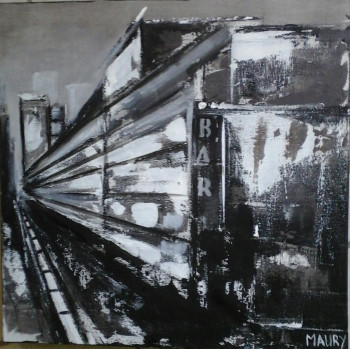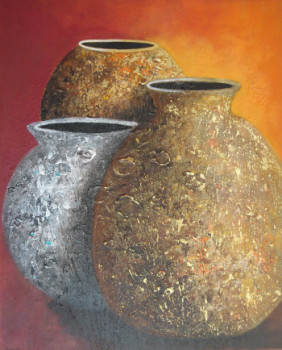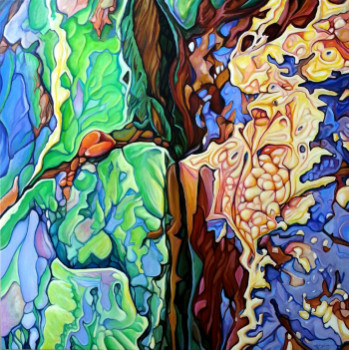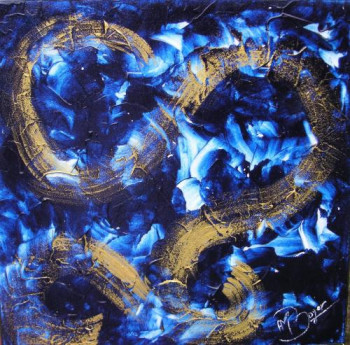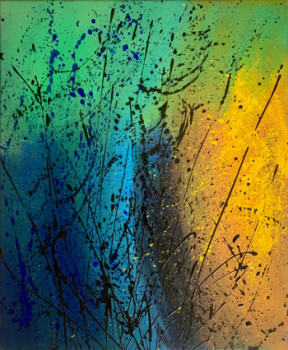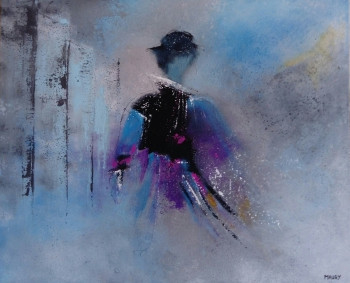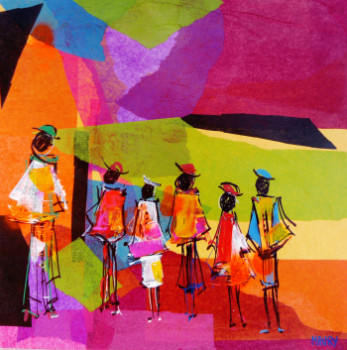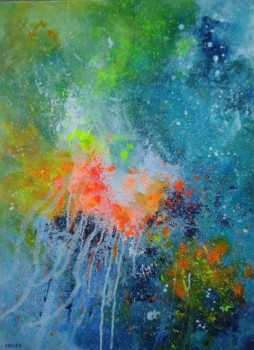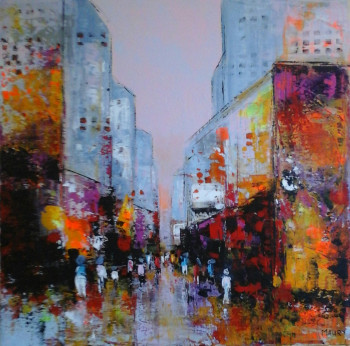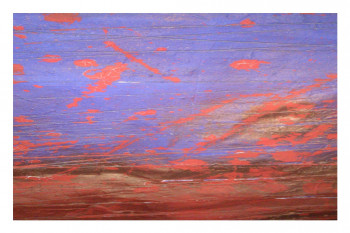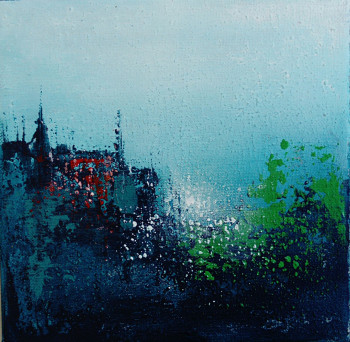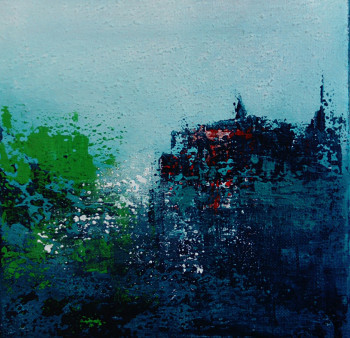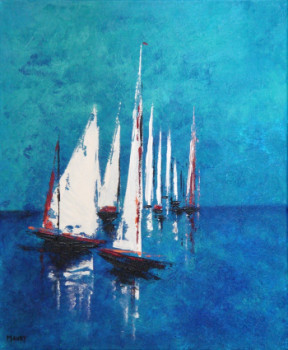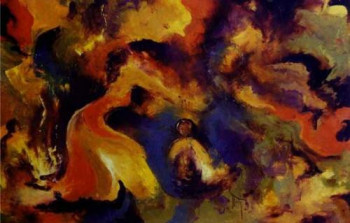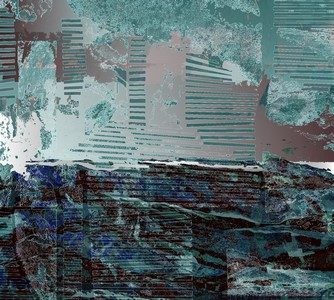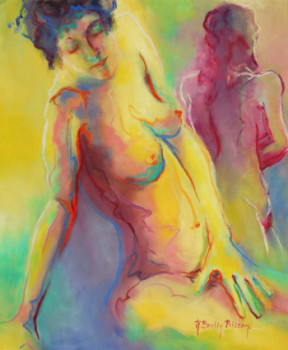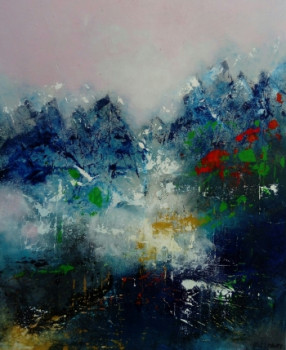
Presentation of Willem De Kooning
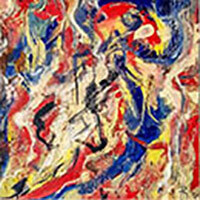
Abstract expressionism is a major movement in the history of 20th century art, to which Pollock, Rothko and De Kooning.
Willem de Kooning: his beginnings
His youth Rotterdam
De Kooning was born; in 1904 in Rotterdam (Netherlands) and died in 1997 in the United States. Of Dutch origin, he became an American naturalized citizen. Born in a poor family, son of a wine merchant, his parents divorced when he was three years old. In his teens, he worked as an apprentice in an interior design company, his first exposure to the art world, and attended the Rotterdam School of Fine Arts.
His discovery of art in the United States
He embarks on a journey 21 years illegally for the United States. He then discovered Greenwich Village, the artists' district of New York. He found work as a building painter whose technique of working with fluid paint and large brushes would influence his art. It is very marked by the artistic effervescence, abstract art and jazz which reign in the city. this time. He made decisive encounters, such as John Graham, Marcel Duchamp and Arshile Gorky with whom he became friends.
In the 1930s, President Roosevelt asked him to create public murals; he then worked under the direction of Fernand Léger who would have a great influence on him. This work was his first abstractions. In 1934, he became a member of the Artist's Union and decided two years later to devote his life to art. the painting. It starts at made himself known in the 1940s.
Willem de Kooning: his art
His painting
De Kooning is considered as the initiator of abstraction. In 1947, he shared his studio with Arshile Gorky, an Armenian painter, and both were equally interested in art. the abstraction that’’ the figuration, having as flagships Picasso and Miro. He works at across a wide range of styles, which ranges from figuration to abstraction, often merging the two. But he always refused. to be affiliated with a style. For him, "style is a trick". We can, however, compare his painting to abstract expressionism, some even considering him to be its precursor.
His first attempts towards abstraction are painted portraits, influenced by Ingres and Picasso. The faces and bodies are fragmented into fragments. the cubist way. De Kooning uses both gouache and pastel, as well as mixed techniques. His work is composed of paintings, drawings but also sculptures. Under the advice of his friend Arshile Gorky, he succeeded in paint "keeping a flat shape while giving the idea of volume".
The female figure
He represented a lot of people. women, the female figure being a particularly fertile subject, but his paintings of women have been widely explored. among the most controversial of his work. The painter began his series of Women (from 1938 to 1943) and worked at the same time to create costumes and sets for the ballet "Les nuages". at the MET (Metropolitan Opera House in New York).
The aggressive and non-standard representation of women and their nudity intrigued and scared the public. The woman is represented in a way that is very far from the stereotypical image of the submissive American housewife. They are icons much more than portraits. But MOMA accepted the change in style from abstract to figurative and purchased Woman I.
Son éevolution
It was in the 1940s that he was perceived as a painter belonging to the abstract expressionism movement; his works are then full of biomorphic forms, developing a type of semi-figurative, semi-abstract representation.
In 1948, the painter exhibited for the first time in a gallery. the Charles Egan Gallery works mainly in black and white. The MOMA (Museum of Modern Art in New York) is the first to open its doors. buy him a painting, which has the title Painting. He will be at At that time he was a professor at Black Mountain College, a hotbed of avant-garde artists.
In the 1950s, he turned resolutely towards pure abstraction, considering it absurd to want to represent the human figure.
It was when Alfred H. Barr, director of MOMA, in 1950, chose him as one of the artists representing the 25th Venice Biennale and selected several of his works. ;works that his career has The international development begins.
In the 1970s, he began to develop his skills. sculpture and lithography and explored new painting techniques, this one being thicker and more sensual.
In the 80s, his paintings were lighter and more peaceful, with strong colors on a light background: The key and the Parade.
Willem de Kooning: his sales, his successes
One of the main and most important paintings of the painter is Excavation, completed in 1950, for which he received the Logan Medal and the Art Institute of Chicago Prize. This table is considered as one of the most important of the 20th century.
His abstract and subjectless prints, characterized by the technique of colored or uncolored lithography, regularly reach sales during sales. several thousand euros. His work Wave reached the record for 357,760 euros.
His paintings are among the most highly valued works on the art market. of art. Resolutely abstract, they are especially prized by collectors of abstract art. His paintings are often estimated for several thousand dollars, and sold for more than that. of the estimate, such as Composition, estimated at 16,800 euros and sold for 26,860 euros, or Women as landscape, estimated at 60,000,000 dollars and sold for 80,000,000 dollars.
The record canvas of the painter is Interchange, sold in 2015 for 300,000,000 dollars, the most expensive in the world after the work of Leonardo da Vinci : Salvator Mundi.
His drawings are abstract and distort the human figure, done in pastel, pencil, graphite or gouache. Female representations are among the most appreciated drawings. It was Yellow women which reached the record, sold for €4,928,000.
His sculptures take the modified and non-realistic female figure. His sculptural production began in 1969. Among his great successes: Reclining figure sold for $1,500,000 and Clamdigger sold for $26,000,000.
Découvrez quelques oeuvres inspirées de De Kooning
